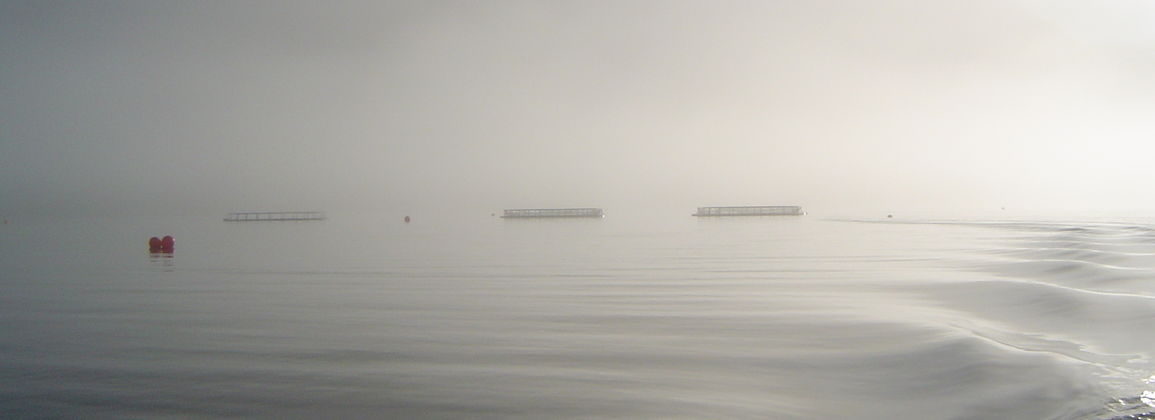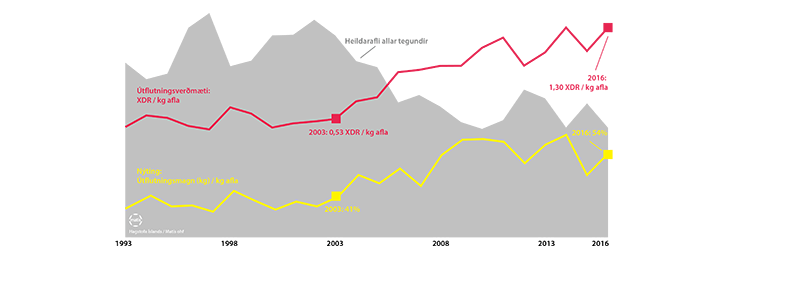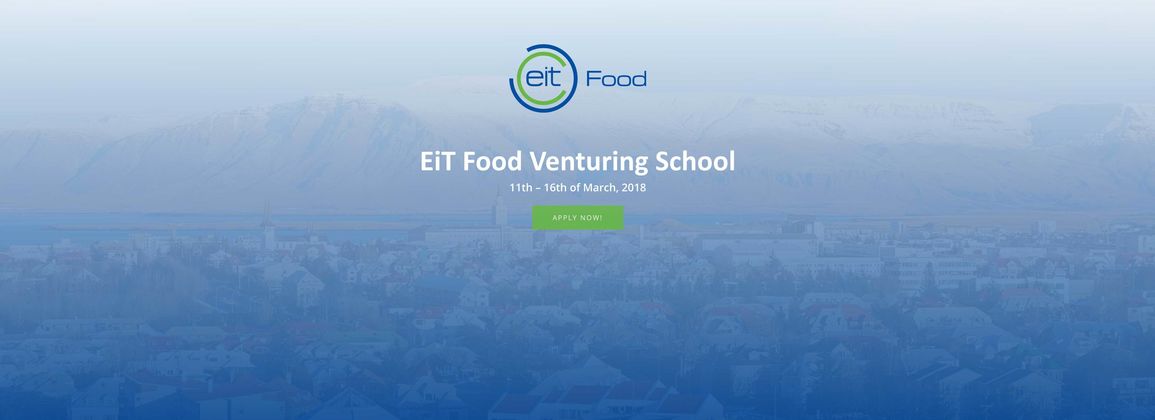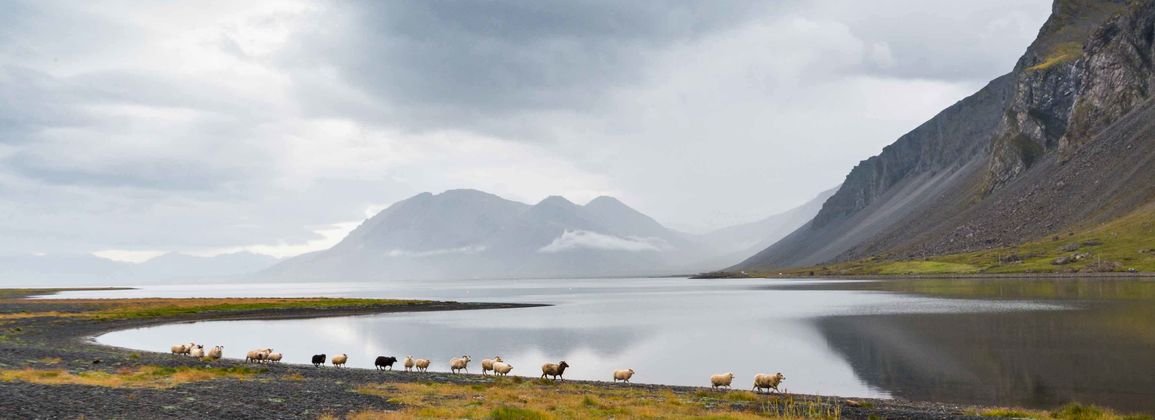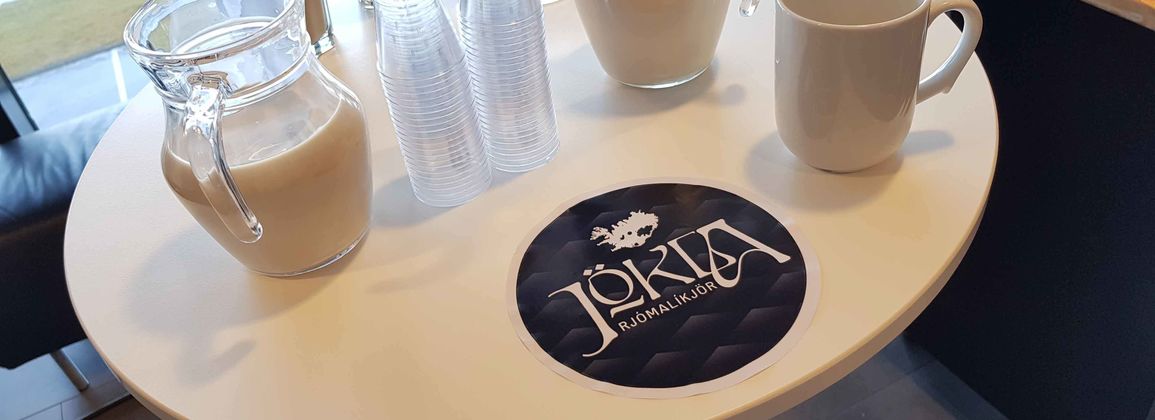"The precondition for agriculture to be able to take advantage of the opportunities of the future is balance in production, effective control and innovation" / This title is in the government charter and is true. But what does it mean? What is the relationship between future opportunities, production balance, effective control and innovation? This needs to be answered and it will only be done by formulating a clear policy on food production in Iceland, according to Hrannar Ólína Jörundsdóttir, Guðjón Þorkelsson and Sveinn Margeirsson.
The question needs to be answered: "What do we really want Icelandic agriculture to do?" .
How can many tufts overturn a heavy load?
Icelandic agriculture is a small industry. Today, about 4,000,000,000 tonnes of food are produced worldwide. Icelandic agriculture is of the order of 200,000 tonnes (about 0.005% of world production). Most Icelandic farmers would be considered small farmers in international comparison and the research and innovation environment is dwarfed and in fact relatively poorly compatible, although in our opinion there are many benefits in this respect. In addition, the relationship between research and the value chain of agricultural products is not clear and it is all too common for the volume of research to be insufficient to have a real impact on the interests of farmers and other entrepreneurs in the value chain. This needs to be changed, using leverage methods. Examples of leverage are individuals who use borrowing as leverage to achieve more than just themselves. Inputs from individuals and cohabitants are added to inputs from a financial institution and the result is that a family can put a roof over their heads and thereby roll a heavy load. The same principles apply to farmers and agriculture. Ministries and government agencies need to join forces and work across silos. Private individuals and investors need to invest with long-term interests in mind, instead of focusing on the next three-month results.
Sustainable food production is the burden that needs to be turned over
Sustainability is about securing future interests while at the same time putting the well-being of modern people first. This requires understanding and working for a solid economic, environmental and social context. In that respect, Iceland is not an island, as we influence others and others influence us. Marine pollution due to pollution and the judgments of the EFTA Court are two examples. The third example is the success of Icelanders in innovation in the fisheries sector, which is an inspiration to other nations for good deeds. This success should be an inspiration to Icelandic agriculture, as the establishment of the AVS Fund in 2003 and the Technology Development Fund in 2004 were key to the journey of more than doubling the value per kg of catch. Other turmoil that has taken its toll is, for example, an overall view of a market-driven value chain, investments in research and equipment and the courage to go beyond the framework and work together across different companies and institutions, with the main goal of increasing the value of Icelandic seafood.
Will Icelandic agriculture save the world?
Icelandic agriculture will not save the world from hunger, but has great opportunities in the specialty goods market, where demand is growing faster than in other food markets. Organic farming, origin, unspoiled land, clean energy and local food production are key words. A key question from the point of view of food security in Iceland is: How much do we want Icelandic agriculture to be able to produce a lot of food without importing inputs? We are a little better off, from a food security point of view, if we need to import a significant amount of inputs for food production, than by importing the food ourselves. We need to set goals for Icelandic agriculture and formulate a policy to achieve those goals. Is Iceland a country of commodity production or do we base our image on data on health and nature conservation and the integrated interests of tourism with the interests of agriculture and fisheries? Do we expect restaurants to have Icelandic food and the Icelandic language as a priority? We need to decide who to target. Within the framework of strategic planning, entrepreneurs need to be given the freedom to try new solutions, to deal with changing times and changing thinking. Experience and infrastructure that have been built up must be used in the future. We need to understand who are the key partners and stakeholders in the present and the future, and clearly communicate the actions that need to be taken. These actions must take into account the United Nations Global Goals for Sustainable Development Goals and the Treaty of Paris.
Risk assessment is the basis of a sensible food policy
Increased demand for food globally is likely to push up food prices. Land prices are rising in most places, arable land is declining due to the greenhouse effect and extreme weather is causing crop failures. All of these are risk factors when it comes to food security and fluctuations in food prices. Bacterial antibiotic resistance is a real risk, and without falling into the trap of isolationism, we should openly discuss the benefits of promoting diversified food production with food security, rural development and public health as our goal. Is there an opportunity to increase freedom in the slaughter and home processing of lamb and the marketing of the products to tourists and others in the local area? Does such an arrangement really involve unacceptable risks when applying scientific risk assessment methods?
Risk assessment is the basis of effective supervision
Trust is the basis of business and consumer sentiment. It takes a long time to build up but a short time to break down. Effective supervision is one of the prerequisites for building trust and demonstrating the quality of Icelandic food production and integrity within the value chain. For monitoring to be effective, scientific, independent risk assessment must be performed. Such a risk assessment makes a distinction between large production units and smaller units and the nature of food distribution. In fact, it makes surveillance more equitable, so to speak, taking into account different circumstances, without jeopardizing people's safety.
Risk assessment is the basis of innovation
Innovation is the driving force behind sustainable economic growth. Scientific risk assessment lays the foundation for diversity and flexibility in the regulatory framework, which is a prerequisite for innovation to flourish. With new thinking and the introduction of technological solutions, we can reduce the environmental impact of the production of Icelandic agricultural products, reduce the import of inputs, increase the value and diversity of products and improve profitability. In many parts of the country there are great business people, entrepreneurs and idealists. These people need to be given space to act and make sure that the infrastructure and support system of innovation is compatible with the real situation. In order for innovation to take off, Icelandic agriculture needs to be a pillar of wisdom in a wider range of knowledge, such as the creative industries, food science, biotechnology, information technology and engineering, and take into account opportunities and threats. Rational land use, the introduction of technological innovations, the development of an image based on concern for the environment and the production of products based on access to clean water are the driving forces for the growth and development of the Icelandic economy and society.
Innovation is a prerequisite for balance in production
Balance in production does not mean that production is always the same. On the contrary. The balance of demand and production is only achieved through product development that takes into account the expectations and needs of consumers. Product development also affects the environmental impact of production, which is basically a multiple of population, per capita consumption and the environmental impact of a unit produced. We are increasing in number and per capita consumption is increasing in the world (Icelanders are at the forefront of this category). On the other hand, we need to work with innovation and improved utilization of resources, in order to reduce the environmental impact of the unit produced and reduce waste. A great example of such innovation is that the utilization of cod is close to 80% today and that Icelandic fishing vessels use about 40% less oil today than in 1990. This is possible! With a scientific risk assessment, it is possible to steer control towards important control points and communicate clearly to society what the risk of food consumption and production is. Based on the risk assessment, it is possible to make decisions about what should be allowed and what should be banned or restricted (eg import of raw / fresh meat). In some cases, limited risks may be acceptable, if, for example, the objectives of increasing the sustainability of food production are achieved. Without risk assessment, however, such risk management is impractical, thereby reducing the potential for innovation and increased sustainability. An example of this is that the utilization of raw materials that have been defined as waste is completely prohibited for food production. The experiments of Icelandic entrepreneurs and Matís with the use of insects for feed production have stalled, among other things due to such rules. In this regard, we need to think outside the box and look at how we jointly aim for the full utilization of raw materials with the goal of value creation throughout the country, without, however, putting people's health at unacceptable risk.
Knowledge is a prerequisite for innovation
In order for agriculture in Iceland to be able to develop and really put its weight on the scales towards increased sustainability, it needs to be a pillar of wisdom. Conditions need to be created that call for powerful people to live, harvest and process, product development, marketing and innovation in general. In this context, the experience of farmers and the education system, which is today international, play a key role. 20th century production thinking is on the wane due to demographic change and technological revolution. The role of the future farmer must not least be to acquire and apply new knowledge and technology, to improve their conditions, handle raw materials, treat land and meet the needs of consumers. There is no reason for conservatism in that respect, it is closer to cultivating the relationship of the future farmer and other members of society with an increased emphasis on the origins of raw materials, crafts and the interplay of the image of the Icelandic food country and the Icelandic tourist country. There must be a context in the cultivation of people and land. Poor land treatment and pollution are a threat to the production of healthy food, nutritional security and Iceland's reputation. This contributes to poorer public health and, consequently, to increased costs for the health care system and will, in the future, hurt taxpayers. That is why we must not save money but throw away the króna when it comes to decisions about the necessary investment in food production innovation, for the benefit of farmers and all Icelanders.
The article first appeared in Bændablaðið on March 8, 2018






